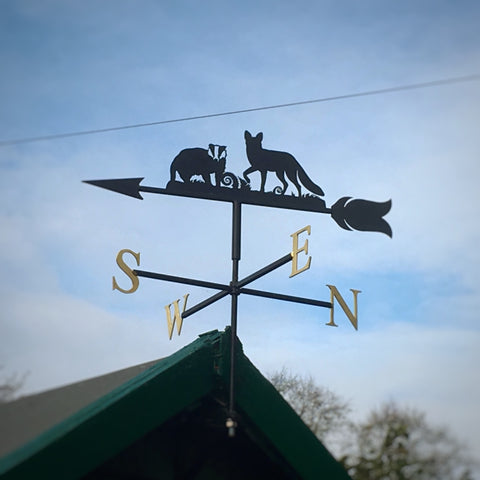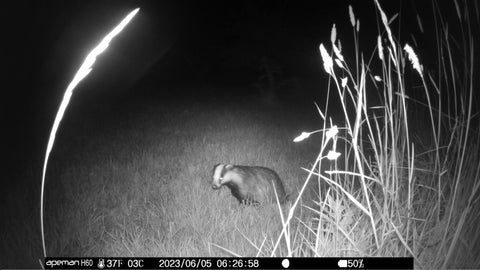My shopping cart
Your cart is currently empty.
Continue ShoppingWhether it be birds, mammals or insects, they are all looking for the same things - a source of food and water, and a shelter where they are safe from predators. We're extremely lucky to live in the coutryside where there is an abundance of wildlife; from badgers and foxes to every species of little bird you can think of, through to thousands of little insects i wouldn't have a clue how to identify. It's a huge change from living in a terrace with a small paved back yard in the centre of Manchester!
The downside is that in addition to all the wildlife we do want, there is also some that we'd rather not have.. being on a farm there are plenty of mice and no doubt rats about. My strawberry plants have to be grown in hanging baskets and the blueberry bushes are protected with nets or the slightest hint of some tasty ripe fruit and it all gets stolen. And the less said about the wiring on our poor old Volvo the better! However I do love sitting out on a clear winters night listening to the tawny owls hooting and barn owls screeching at each other across the valley, and I'm sure they wouldn't be so keen to hang around if there weren't so many mice to gobble up.
The woodland trust advise planting trees such as silver birch and wild cherry if you have a large area available, or for smaller spaces, shrubs like dogwood and dog rose are ideal, providing nectar and fruit for insects, birds and mammals. If you don't have space for a pond, a bird table or even a little dish of water will work (though on hot days it'll need refilling very regularly). If, unlike us, you find time to keep your lawn neat and trimmed, there will be less room for all the little insects to make their home. So why not embrace the wild and think about leaving a small patch to grow long, or cut the whole thing a little less often giving daisys and buttercups a chance to grow? After all, if there are insects, there will be all sorts of birds and bats who enjoy eating insects. Wildflower patches are becoming much more commonplace as people are realising how important they are as a source of food for bees and butterflies. Wilflower seed packs are easily available from websites like the woodland trust and if you prefer to shop locally then most garden centres should provide too.
While it's fun to provide seeds and fat balls for birds, the RSPB advises to not go overboard on this and allow them to become too dependant on you. We have a little feeder stuck to the kitchen window so we can watch the birds at breakfast - my favourites are a breeding pair of great spotted woodpeckers, but I also love seeing the bright yellow of the siskins, and the seemingly relentlessly hungry nuthatches.
There is plenty of advice online about how to create your own hedgehog house or bird box - but if DIY projects seem like a way to ruin a perfectly good saturday, then these can be easily purchased too - a great gift for anyone who loves wildlife. A shelter for insects does not have to cost money though, there are a few rotting logs left in our garden which provide homes for so many creatures. The twins love getting me to lift them up to see who's about and are getting pretty good at identifiying all the different bugs so it's great for them too.
If you are looking for a gift for a wildlife enthusuast in your life, have a look at our portfolio of wildlife weathervanes. There is no charge for design work, so if you cannot see what you are looking for, feel free to contact us to discuss your ideas.

Last Christmas, I was given a wildlife camera (amazing present!) which we've installed in various locations in our garden. I was so excited to see badgers regularly coming through, however it can be a bit hit and miss as one night a troublesome blade of grass kept triggering it so I ended up with something like 170 videos of absolutely nothing - I've been a lot more careful about where I put it since!
